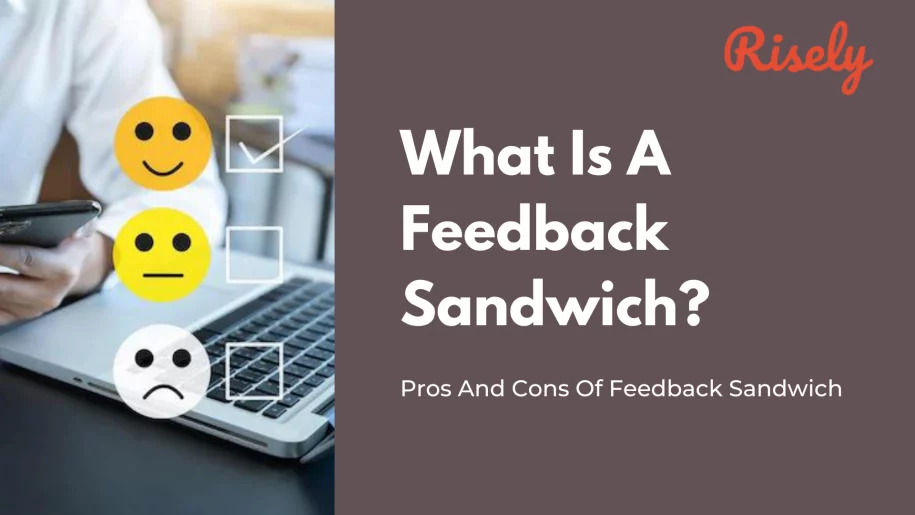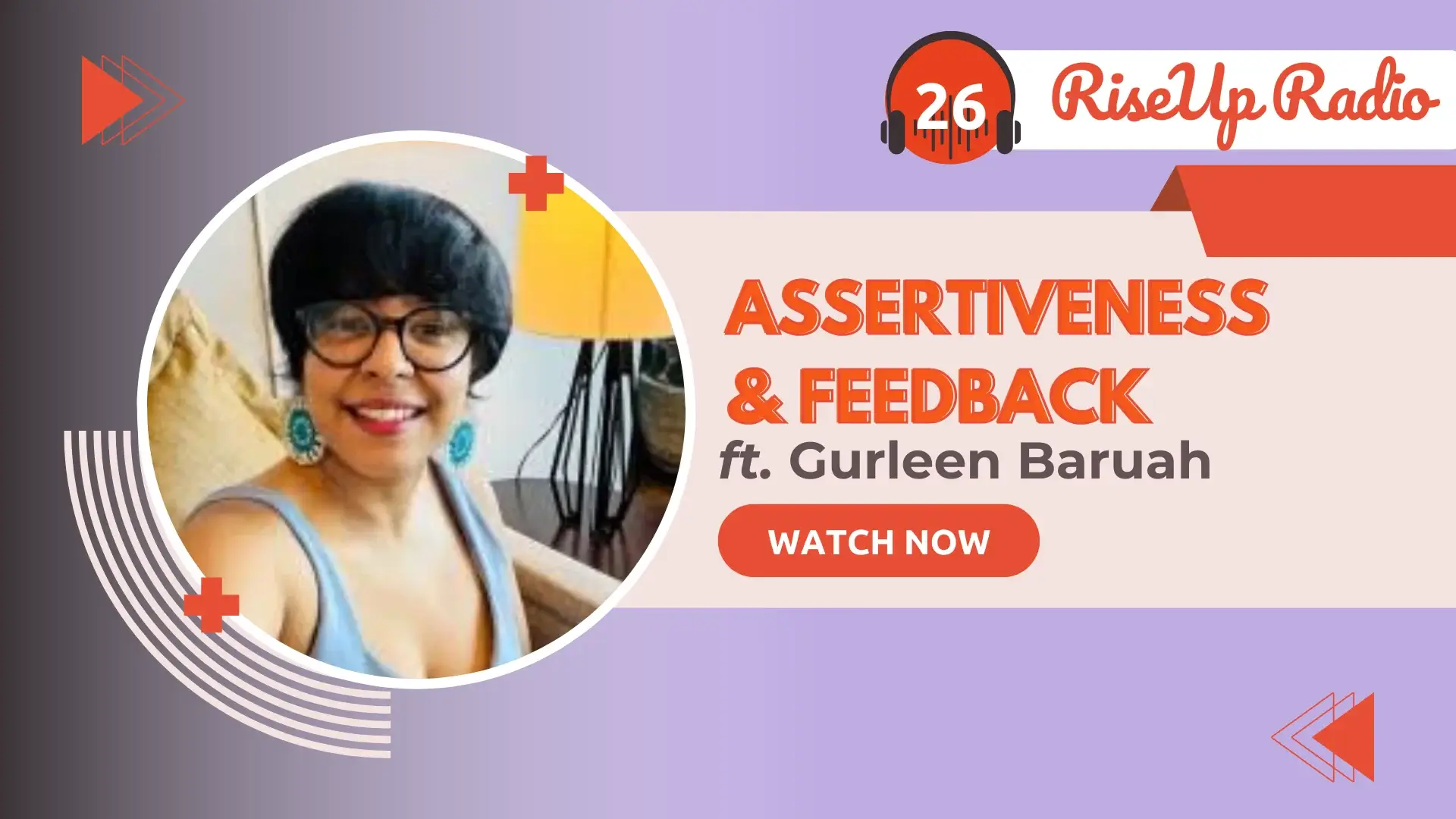What Is A Feedback Sandwich? Pros And Cons Of Feedback Sandwich
Feedback is the cornerstone of any organization. It is used to improve performance and foster growth. Everyone—from employees to customers—benefits from feedback. But as with all things, feedback can be constructive, or it can be destructive. The feedback sandwich approach is a method that managers can use to provide constructive feedback to employees. This feedback technique includes giving positive feedback first, followed by negative feedback, for a more effective message. This guide will discuss what a feedback sandwich is and how you can use it in your work life to boost performance and employee satisfaction. We’ll also touch upon the pros and cons of this approach.What is a feedback sandwich?
A feedback sandwich is a technique that uses two forms of feedback – positive and negative – to create a constructive environment. The idea is to provide feedback in such a way as to balance the positive and negative comments so that each person feels heard and respected. This technique can be beneficial when the feedback receiver is experiencing negative emotions, such as frustration or anger. By providing both positive and negative feedback, the feedback sandwich helps reduce stress and tension in the workplace. In addition to reducing negative emotions, this technique is also effective for increasing positive emotions like gratitude and enthusiasm; rather than providing only positive or negative feedback, it’s best to use both types of feedback frequently so that the recipient can find avenues of growth regardless of the feedback type.
How can Managers use the Feedback Sandwich Method?
The feedback sandwich is a method of providing feedback that incorporates both positive and negative feedback. The idea is to create a balanced and constructive feedback session to help managers improve communication skills and build trust with their employees. This feedback approach can be used in different situations, such as team-building exercises or coaching sessions. Managers can use the feedback sandwich to help employees identify and address problems early on, ensuring they can improve their performance and continually develop their skills and abilities. Overall, the feedback sandwich is an effective way for managers to provide constructive feedback to their employees, helping them reach their full potential and become more effective and satisfied employees.The feedback sandwich model
The process typically works in three steps, starting with an appraisal of the positive aspects of the team member’s performance. In this flow, the manager then adds bits of criticism in the middle. Here, the manager can creatively highlight some mistakes and areas of improvement that need more focus. Afterward, the manager ends with some appreciative remarks to keep the employee morale high and direct them toward growth.- Praise
- Criticism
- Praise
Feedback Sandwich Examples
A typical feedback sandwich of a manager judging a presentation given by their team member can look as follows:“I wanted to give you some feedback on your presentation. First, I want to compliment you on the research you did. The data you presented was comprehensive and added much value to the presentation. However, your delivery was a bit monotone and didn’t engage the audience as much as it could have. I suggest you practice speaking more enthusiastically and varying your tone to keep the audience interested. But overall, it was a good effort, and I can see you put a lot of work into it.”Let’s take another example:
I noticed that you’ve been consistently meeting your deadlines and producing high-quality work. One thing I would suggest for improvement is to speak up more in team meetings. Your insights and ideas are valuable and would add value to the team’s discussion. Keep up the good work!This is another good example of a feedback sandwich, as it starts with a specific positive observation, offers a specific suggestion for improvement, and ends with a compliment and encouragement. However, the below example might masquerade as an example of a feedback sandwich, but it is an example of a bad feedback sandwich because it does not provide any positive feedback or encouragement. It only focuses on criticisms and offers no constructive advice or suggestions for improvement.
I liked the presentation, but it could have been better. You should have used more visual aids, and the structure was not clear.

Other Interesting Reads
Pros of a Feedback Sandwich
- Giving constructive feedback is essential for growth and development. In addition, it can help individuals learn from mistakes and experiences.
- A feedback sandwich helps build relationships and improves communication by showing that manager understands both good and bad aspects of an employee’s efforts.
- It helps individuals to understand their strengths and weaknesses.
- It helps develop positive habits, skills, and attitudes by adding encouragement to criticism. In addition, it can help individuals to become more accountable and responsible for their actions.
- Providing feedback is an act of caring and positive affirmation from the manager. A feedback sandwich helps deliver it smoothly.
Cons of a Feedback Sandwich
- Feedback may not always change team members’ behavior or attitudes. Instead, it can mislead them if there is a lack of clarity.
- Constructive feedback can also be hurtful and damaging. It should be given promptly to ensure that it’s effective. Too much or too little feedback can have negative consequences.
- It can be difficult to provide feedback effectively, and it sometimes feels like a challenge to provide constructive criticism that is both helpful and constructive. In turn, it can become a cause of strife.
- It is also possible for the recipient to become less productive or creative due to receiving feedback since they may need to be more focused, anxious, or overwhelmed by the negative feedback.
Are your constructive feedback skills effective?
Can you give feedback that is both helpful and constructive? For example, can you provide feedback on time? For managers, you can free test your productive feedback skills with Risely’s Constructive Feedback self-assessment! Risely’s free constructive feedback self-assessment for managers helps uncover barriers that limit the growth of managers and leaders. It presents valuable insights to identify weak areas and work on them to master the art of delivering quality constructive feedback for your team. Managers who provide effective feedback to their team members are sure to take them toward success.Conclusion
Constructive feedback is essential for employee growth and development. But feedback from multiple people, with examples, is even better. The feedback sandwich method lets you give feedback in a way that the person receiving it can understand, use, and act upon it. The method helps the person receiving feedback feel valued and respected while assisting the sender in expressing their thoughts in an easy-to-understand way. Now that you’ve got a better idea of constructive feedback, we hope it helps you communicate more effectively with your team members! Keep revisiting Risely for more effective leadership skillsKnow more with the free Constructive Feedback toolkit!
The free constructive feedback toolkit for managers simplifies feedback with useful samples
Other Related Blogs
Assertive Feedback Techniques ft. Gurleen Baruah
Assertive Feedback Techniques ft. Gurleen Baruah Let’s be real—giving feedback as a manager isn’t always easy. Say too little, and nothing changes. Say too much, and it might come off…
How to ask for feedback from employees? | Gurleen Baruah
How to ask for feedback from employees? | Gurleen Baruah Feedback is a two way street. This podcast took managers on a trip down the other side. As managers, we…
Let’s Reverse the Gaze of Radical Candor?
Let’s Reverse the Gaze of Radical Candor? Have you heard about Radical Candor? It’s a book by Kim Scott that first came out in 2017. The tagline is “Caring Personally…
How To Become A Leadership Coach In 5 Steps
How To Become A Leadership Coach In 5 Steps Becoming a leadership coach is a fulfilling and rewarding career path for those who are passionate about helping others develop their…


